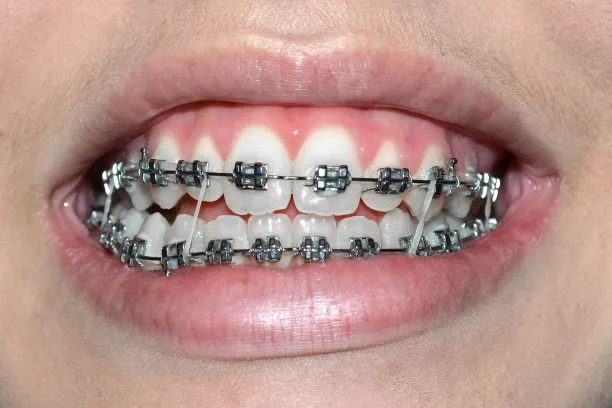Understanding the Process and Importance of Extracting a Tooth for Optimal Oral Health and Pain Relief
Summary: Understanding the process and significance of tooth extraction is essential for maintaining optimal oral health and alleviating pain. Tooth extraction, often seen as a last resort, plays a crucial role in preventing further dental complications and fostering overall well-being. This article explores the methods employed during extraction, the indications for this procedure, the aftercare required following the extraction, and the broader implications for oral health. Each of these aspects is interlinked, aiming to provide a comprehensive understanding of why, when, and how tooth extraction can lead to a healthier mouth and a more comfortable life.
1. The Tooth Extraction Process Overview

The tooth extraction process can be divided into two main categories: simple extractions and surgical extractions. A simple extraction is typically performed on teeth that are visible in the mouth and can be easily accessed. The dentist uses specialized tools to loosen the tooth and remove it without complications. On the other hand, a surgical extraction is more complex and is necessary when a tooth is broken, impacted, or has not fully erupted.
During a surgical extraction, the dentist will first administer local anesthesia to minimize discomfort. Once the area is numb, the dentist makes an incision in the gum tissue to access the tooth directly, often requiring additional bone removal. This procedure is generally more involved than a simple extraction and usually takes more time to complete.
Understanding these methods helps patients better anticipate the procedure they will undergo, reducing anxiety and fostering a more positive experience at the dental office. Knowledge about the extraction process can also lead to informed discussions with dental professionals about the best course of action for their oral health issues.
2. Indicators for Tooth Extraction
Several factors may lead to the need for tooth extraction, with common indications including severe decay, periodontal disease, and overcrowded teeth. In cases of severe decay, the structure of the tooth is often compromised, making it vulnerable to infection and pain. Dentists may recommend extraction to prevent the spread of infection to other areas of the mouth.
Another common reason for extraction is periodontal disease, which causes the gums to become inflamed and can lead to the loss of bone supporting the teeth. When teeth become loose due to advanced gum disease, it is often best to extract them to protect surrounding teeth and tissues.
Overcrowding in the mouth can also necessitate tooth extraction, especially prior to orthodontic treatment. Removing one or more teeth allows the remaining teeth to shift into a healthier alignment, thereby improving both oral health and aesthetics. Recognizing these indicators can help individuals understand when extraction is not only beneficial but necessary.
3. Aftercare Following Tooth Extraction
Post-extraction care is critical in ensuring proper healing and reducing the risk of complications. Following the procedure, patients are usually advised to bite down on a gauze pad for about 30-60 minutes to control bleeding. It is essential to avoid rinsing the mouth vigorously for the first 24 hours to allow the blood clot to form properly in the extraction site.
Patients should also adhere to a soft food diet in the days following the extraction. Foods like yogurt, applesauce, and mashed potatoes are gentle on the healing gums. It is crucial to stay hydrated and maintain proper nutrition while avoiding foods that may cause discomfort or irritation.
Regular follow-ups with the dentist can also help monitor the healing process and address any concerns. If severe pain, swelling, or signs of infection occur, it is essential to contact the dental office immediately. Care during this recovery phase can significantly impact the overall success of the extraction procedure.
4. Long-Term Oral Health Benefits
Understanding the long-term implications of tooth extraction can promote a better appreciation of its necessity. When a tooth is removed due to decay or disease, the extraction often prevents further complications that could arise, such as tooth abscesses or systemic infections.
Moreover, removing problematic teeth can open up space for other teeth to align better, enhancing both functionality and appearance. For individuals with overcrowding, this can also lead to improved oral hygiene as it becomes easier to clean teeth effectively.
Ultimately, tooth extraction can play a pivotal role in maintaining oral health and ensuring a lifetime of dental comfort. By understanding the necessity and process of tooth extraction, patients are better equipped to make informed decisions regarding their dental care.
Summary:
The process of tooth extraction is crucial for numerous aspects of oral health. It not only addresses underlying dental problems but also contributes to the long-term well-being of the mouth. Understanding the indicators, processes, and aftercare involved in tooth extraction can empower patients to take control of their oral health and future dental needs.
This article is compiled by Vickong Dental and the content is for reference only.



